The beauty of his site is constantly caught by conscientious gardeners and dachens. You always have to break your head, what flowers to plant how to choose them in the flowering period so that the flower garden is in color the whole season. Assistants in this situation can be perennial flowers to which freethylene or a row. This is a modest, but surprisingly beautiful plant that his variety can argue with any flower.
In this article, we will consider the features of a whole genus of freethylene plants, as well as we present the characteristics of a chess-chum, one of the most popular species of this flower in Russia. We will also help to deal with the agrotechnology of growing an unusual bell-troop.
Features of Freillaria Plants and Description of Chess
Rybikchik or freethylene is a perennial grassy plant of the Lily family. With its appearance, this flowering plant resembles palm with beautiful bright colors, so many call it a paradise tree. The word "freethillaria" in Latin denotes a "glass", or "glass for playing bones". Such a definition was given due to the similarity of flowers in their shape with a glass. Russian version of the name "Ryabchik" went from color coloring, especially chess species.
Native hay of the habitat of these plants is the mountainous terrain. In nature, they grow in a moderate part of Europe, Asia and North America. However, they received more distribution in Malaya Asia, where most of the types of freethylene come from. In total, there are about 180 species of this amazingly plants in nature, only 30 is cultivated. The most popular Persian, Imperial, Chess, Kamchatsky, Russian, Golden, Mikhailovsky and others.
Description of chess tipper:
- Perennial herbaceous plant of low growth. The average height of the stamping of a chess is 10-35 cm. Thanks to low growth, they are excellent for attaching a flower or landing along the tracks.
- In nature, this kind of races in Central Europe is growing, as well as in the south of Russia. Prefers forests, steppes and ravines. But the naturalness of natural species has decreased significantly, so the chess rinking is listed in the Red Book.
- The bulb of this type of rumble glands has a small size and slightly compiled shape. Consists of two fleshy scales.
- The stem is thin low, in the lower part is covered with tubercles.
- Leaves on one plant a bit. Several leaves are located in the middle part of the stem and have a bright green and gray color. In form they are long and thin, resemble a sharp knife.
- Most often, one flower appears on the plant in the form of an inverted gland, it is very rare to meet them several.
- Chess rinking flowers have a purple color with white spots located in a chess order. From this and the name of the whole type went.
- Thanks to the breeders today there are many varieties that are pleased with the diverse color of the colors-bells.
- Flowers chess rim from late April and within 20 days.
- Chess rinks very quickly grow up, because of which their bulbs begin to close a friend's friend. Therefore, to give them a place, plants transplant. It is necessary to do this no later than in 3-4 years.
- This type of fritially is one of the most unpretentious.
Photo Gallery of Chess
All features of the appearance and granting conditions can be viewed at the photo of a chess.
Chess Rybik surrounded by the plants-neighbors:
Chess rink and white colors:
Chess-colored with red flower:
Main grade of chess
There are a large number of varieties of a chess cutter, which are derived for cultivation in garden sites. All of them are distinguished by their appearance and colorful colors. There are risers not only purple coloring with chess pattern, but also white, red, yellow.
Let's look at the most popular grade of chess:
- Ryabik chess "Alba". Very unusual and bright grade of this plant. It began to cultivate since 1982. In height can reach 20 cm, so ideal for sitting on the flower beds, alpine slides. Differs white colorful colors with a green spot in neckers. This variety does not have a chess drawing. The Alba Ryabechik is perfectly combined with other types of species that have purple or red flowers. It is optimal to plant it in a half. You can put under rare shrubs or trees. Starts bloom at the end of May or early June.
- Ryabik chess "Aphrodite". This variety is also distinguished by white colorful colors, but, in comparison with the alogota, they are larger and have green marks from the outer and inside of the petals. This grade of rims can reach a height of 20-40 cm.
- Artemis variety is distinguished by purple colors with small green marks on petals. In height can reach 30-40 cm. Began to be applied in gardening since 1941.
- Sort "Jupiter". This variety, as it is impossible, transfers the features of this type of row - chess. His flowers have a bright dark red color with a clear chess pattern. Flowers are quite large sizes, the plant itself can reach a height of 20-25 cm.
- Rybik chess "Mars". It is distinguished by interesting colors - dark purple. The plant itself is low growth - only 20 cm.
- Grade "Orion". This species representative has purple-purple painting flowers with a bright pattern. Height can reach 20-25 cm.
- Sort "Peak Evelyn". In height can reach 30-40 cm and has pink colors. Which in the sun burns out and becomes gray.
- "Poseidon" has white coloring flowers with purple stripes on petals.
All of the above varieties will look great in the garden plot.
Preparation before planting a chess
In order for such an amazing plant to please you with its flowering and growth, it is necessary to correctly choose a place for planting, as well as conscientiously prepare the soil.
Choosing a place
Before you choose a place, decide which composition you want to see in my site and what kind of grade will grow. For the flower beds and the Alpine slides, low-colored chess rims are perfect, and for individual rates you can apply higher.
A chess dropper has a unique feature - their smell is able to scare pests from the garden: rats, moles and earthters. Therefore, they can be planted along vegetable beds to protect the future harvest.
This type of color is not pickled to the place, but it is still desirable to choose a plot that is in a half. Outdoor sun flowers can burn out and grow not so large. It is also important that the Ryabchik be protected from severe winds.
The choice and preparation of the soil
To soils, a chess pawn is also not particularly whimsical, although some nuances still exist. It is better to plant it on the lungs, well ventilated and weakly acidic soils. This unusual flower loves the middle of the middle. Just like love for half, it is suitable for the average humidity. It does not tolerate water stagnation, but also does not like dry soil.
If the land on the selected area is still heavy, it is necessary to conduct special measures to improve the drainage of the Earth. In the soil you need to add river sand and humus, as well as fertilizers for this type of plant.
Landing of a checketer
Landing of a chess dropper is possible in late summer-early September. The planting process is as follows:
- Initially, it is necessary to disinfect the planting material, in this case, the bulbs. A manganese or wood ash can be used as a disinfectant solution.
- After that, the bulbs are necessarily thoroughly dry.
- At the selected place, we prepare the wells whose size will depend on the magnitude of the bulbs. It is recommended to dig a hole, three times higher than the height of the bulb.
- We prepare a special soil mixture that will consist of fertile soil, sand and humus.
- In the well put on a bulb. Watch it to be at a slight angle.
- Then the bulb is sprinkled at first sand and then soil mixture. As an soil mixture, you can use a special, purchased in the store.
- The earth is slightly tamped and watered.
Miscellaneous of chess
A chess pawl is multiplied by two ways: seeds and bulbs.
Greeting of bulbs
This method is used when the plant needs to be divided. This happens as the flower grows when the bulbs increase and there is little space. Therefore, you need to wait for the end of August - it is at that time the leaves begin to shut up. This means that the bulb has accumulated enough nutritional juices and can be turned out.
Next, carefully dig a plant, the main thing, not to damage the gentle bulbs. The bulb has a slightly indiscriminate shape and covered with scales. After you have taken out a plant with a lore earth, watch not to damage the scales. Gently separate the little onion babes.
They can immediately sit on the selected and prepared place. If you did not have time to do it, the bulbs can wait a couple of days. To do this, they need to be placed in peat and cool place.
In the fall, you can cover the landing site of mulch, for insulation and preserve the future plant.
Reproduction of seeds
A chess rim has a seed box, so it can scatter the seeds and thereby multiply. But this will all be chaotic and in the future it will be necessary to transplant a chess rinking at a permanent place. Therefore, it is better to do it specifically.
In the middle of summer, seed boxes dry out and they can already be used for seed workpiece. Before that, it is necessary to prepare the Earth and the place where the seeds will be sized. It is done immediately after collecting. Seeds are driving at a depth of no more than 1 cm. They will come to the next spring. However, bloom will be possible only after 3-4 years.
Features of homemade
Watering
Rockies are very unpretentious plants and do not have a special need for abundant irrigation. Watering is necessary as the soil drying. The main thing to ensure that the plant does not flood. In this case, the bulb may be damaged.
Loosening and mulching
In the first time, the growth of the tillage of the soil around it will be useful. However, it should be neat, because the roots can come close to the surface. A peat or sawdust can be used as a mulch. Alternatively, you can use a decorative mixture of bright color.
Making fertilizers
Complex mineral fertilizers together with humus can be made after the end of the last frosts. This fertilizer is made over the soil around the plant. During flowering, you can feed the plant wood ash, and after wilting the colors - add super phosphates to saturate the bulbs.
Shelter for winter
A chess is a rather unpretentious and hardy plant. However, in case of severe frosts and low-speed winter, it will not be superfluous to cover the plant with a plant.
Fighting pests and diseases
Ryabchikov has an amazing feature to scare pests with an unpleasant smell of bulbs. However, there are those that are not a hindrance. Very often, a leaf beetle appears on a ripple, which damages leaves and buds. In such cases, the beetle must be assembled and processing the plant insecticides. Slugs and wires are also possible pests of this plant.
The diseases are more stable to the diseases, but sometimes it may be affected by the rot. In such cases, damaged places are simply cut.
Usage in landscape design
This flowering plant is very often used landscape designers. Because of its delicate and unusual species, it looks great on the Alpine Gorki. In such places it can be combined with other plants to obtain a bright composition.
Well-colored chess looks on the lawn, where it can be placed in small groups. However, in this case, it is necessary to ensure that it is not cut after the filing of colors. Next year such a plant may not bloom.
Alternatively, the row can be put on the beds, thereby protecting the garden from pests and create a very original flower leaf.
A chess is a very unusual flowering plant that does not require special care, while invariably pleases the beauty of his flowering. Therefore, to obtain the annual pleasure of contemplating such beauty, it is necessary to simply adhere to some peculiarities of cultivation.

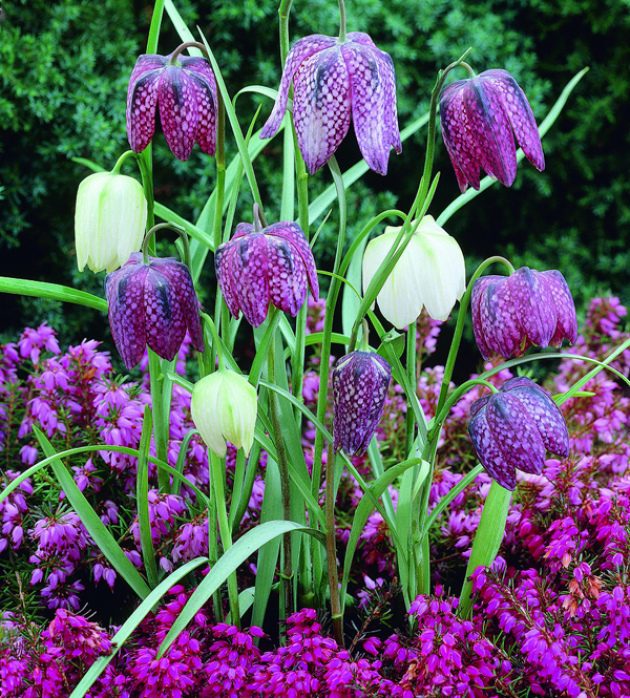
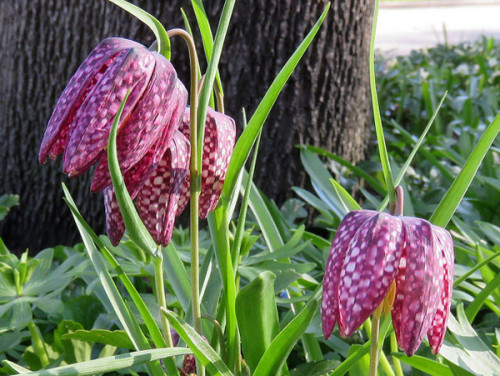

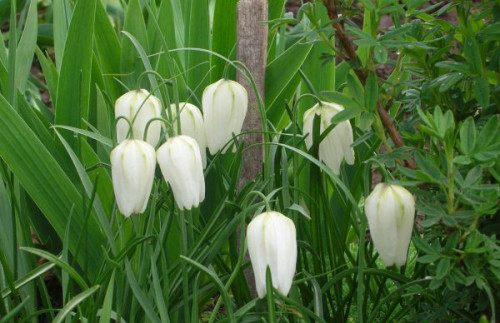
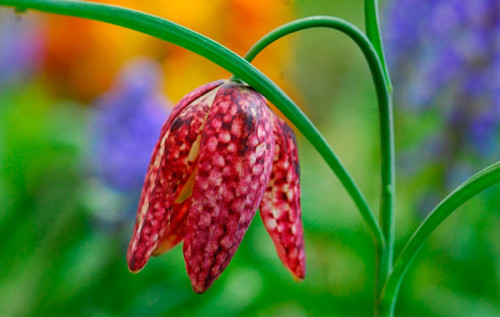

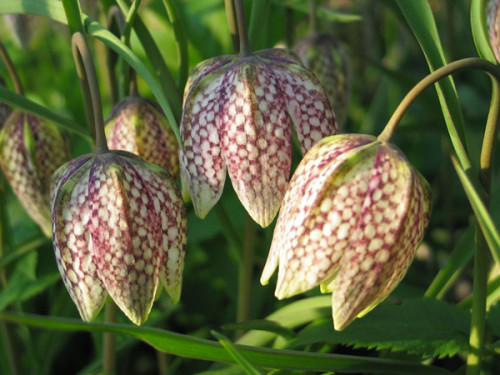
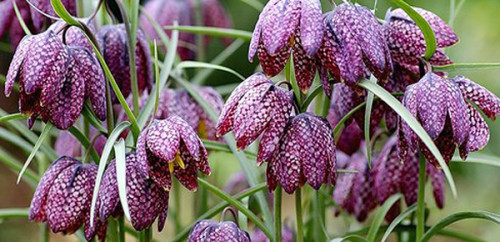
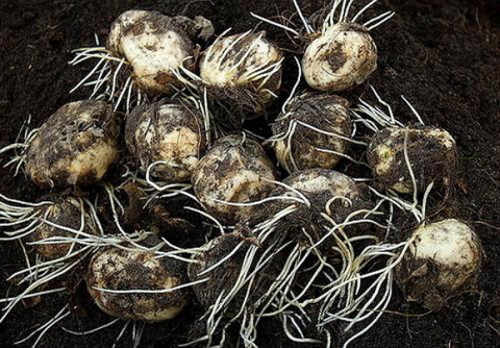
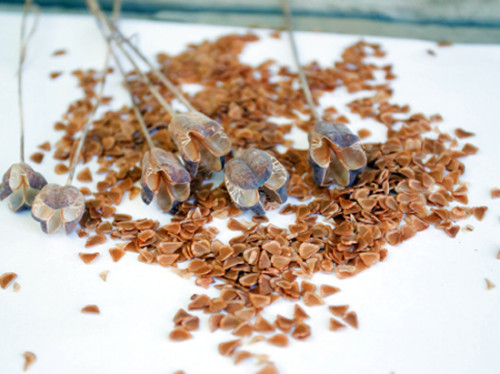
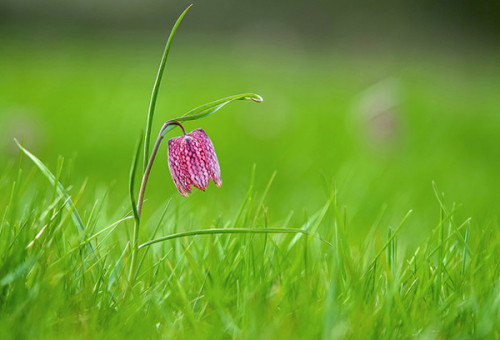












 Start a discussion ...
Start a discussion ...